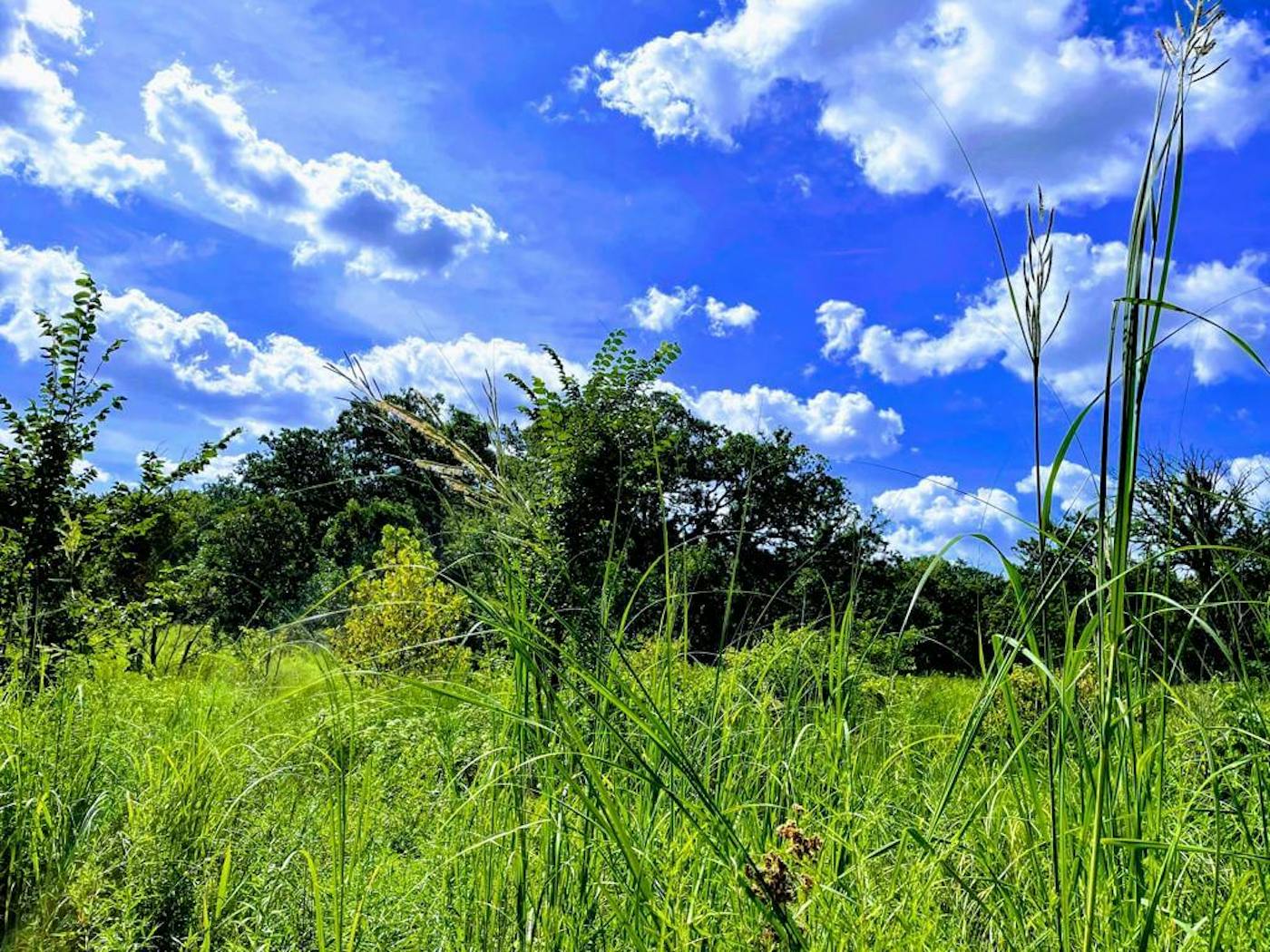Rewilding a Conventional Cornfield in Rural Illinois into Native Biodiverse Natural System
- Nature Conservation
- Species Rewilding
- Ecosystem Restoration
- Grasslands
- Wetland Restoration
- Biodiversity
- Great Plains
- Northern America Realm
| Bioregion | Midwestern Tallgrass Prairie & Forest Transition (NA21) |
| Category | Nature Conservation Our project categories represent one of three core solutions pathways to solving climate change. Energy Transition focuses on renewable energy access and energy efficiency. Nature Conservation includes wildlife habitat protection and ecosystem restoration, as well as Indigenous land rights. Regenerative Agriculture supports farmers, ranchers, and community agriculture. |
| Realm | Northern America The Project Marketplace is organized by the major terrestrial realms divided into 14 biogeographical regions – N. America, Subarctic America, C. America, S. America, Afrotropics, Indomalaya, Australasia, Oceania, Antarctica, and the Palearctic realm, which coincides with Eurasia and is divided into Subarctic, Western, Central, Eastern, and Southern regions. |
| Partner | EcoLogic |
One Earth’s Project Marketplace funds on-the-ground climate solutions that are key to solving the climate crisis through three pillars of collective action — renewable energy, nature conservation, and regenerative agriculture.
Grassland and prairie ecosystems are significant carbon sinks and plant and animal habitats. Once dominant in Illinois, today, less than 0.01% of the original prairie remains in the region, and many wetlands have primarily been drained to create farmlands.
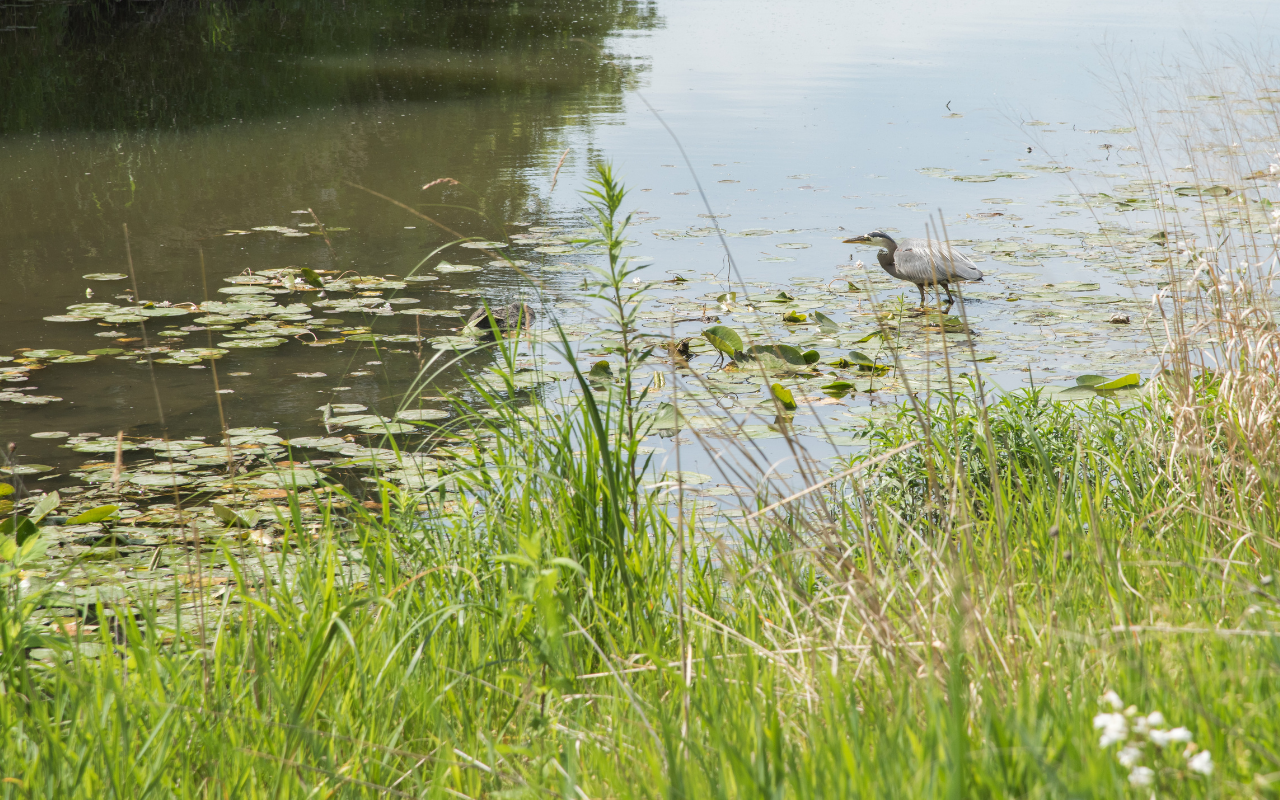
Image credit: Creative Commons
As a result, the region now experiences greater flooding, agricultural runoff, and biodiversity loss. Additionally, the land is being used for conventional monocrop corn farming that relies on chemical inputs, degrading the soil and contributing to the growing dead zone in the Gulf of Mexico. The land has seen declining yields.
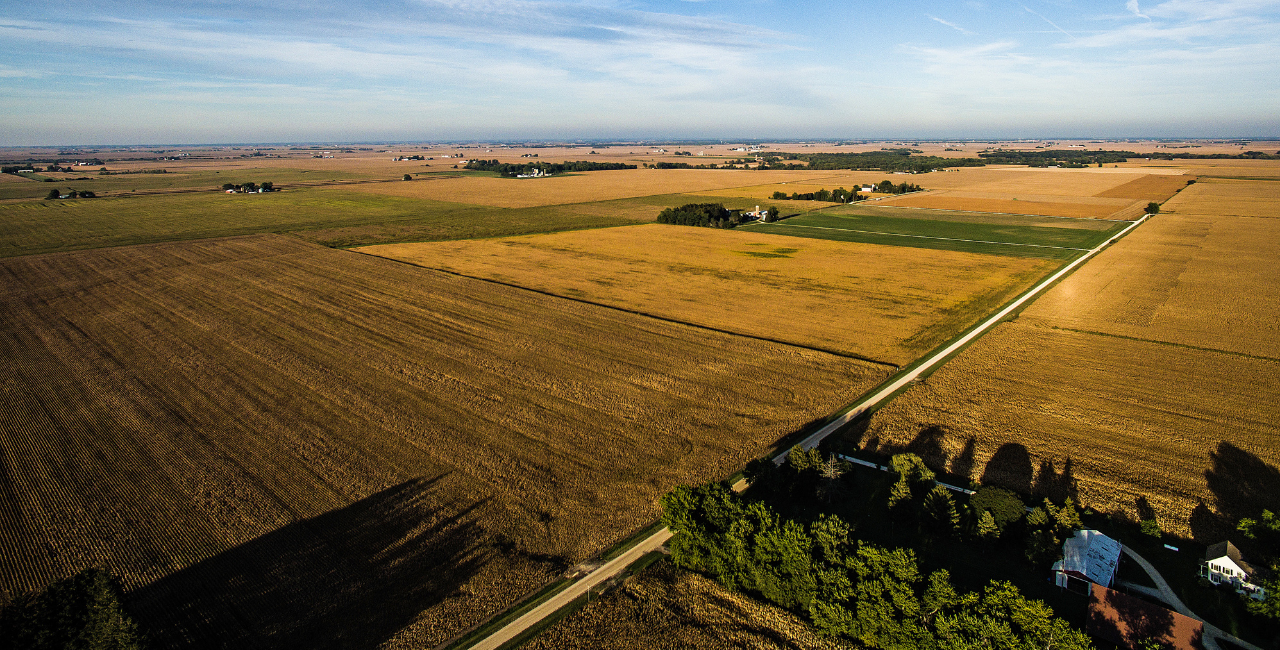
This project from EcoLogic aims to restore prairies and wetlands by planting native trees and creating a small regenerative agricultural plot to demonstrate its carbon sequestration potential. The site will serve as a hands-on classroom for children and adults alike, modeling how farms can become more ecologically sound for the region and community.
In 2022, the initial site will be assessed to understand better where drain tiles are located and where wetlands can be reinstated in ways that will not impact neighboring farms. An advisory committee will be established of individuals who have expertise in wetlands, woodlands, prairies, renewable energy, Indigenous plants and practices, and organic farming.
By 2023, the project will begin seeding the acres. EcoLogic intends to build partnerships with the county, schools, and University Extension programs to provide support and resources.
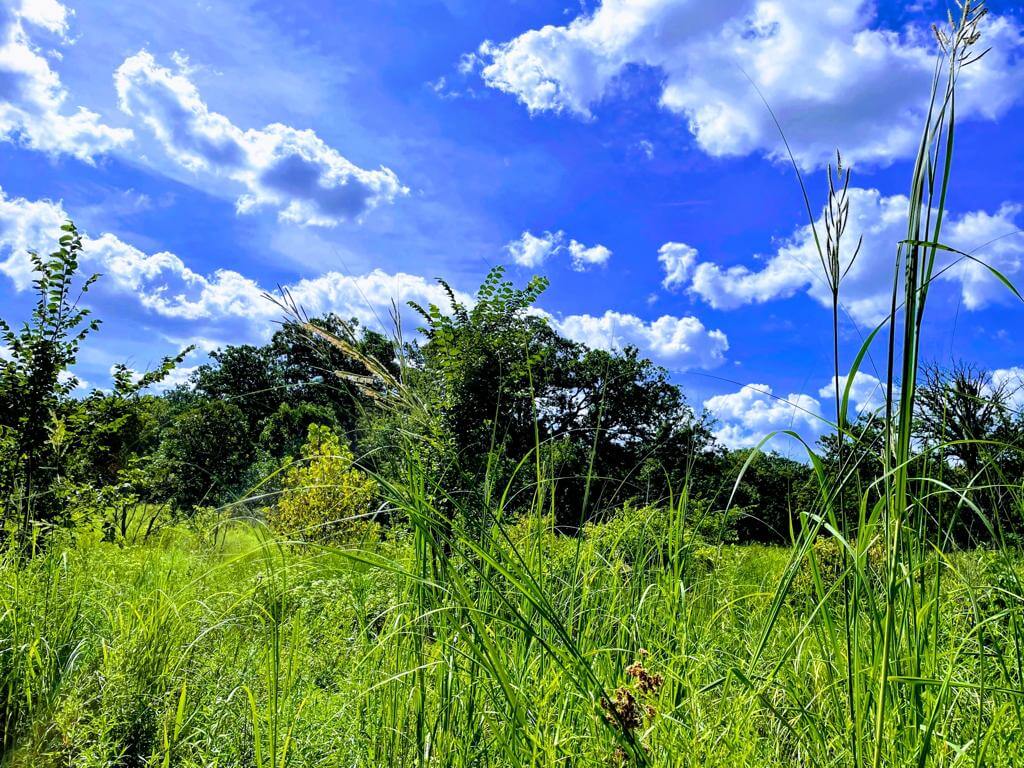
The project is estimated to sequester around 8,000 tons of CO2 per year when complete. Solar panels will also be placed on the land to provide green energy, and over time, a structure will be built to host workshops and programs on site.
The people behind this project are Illinois locals who want to work toward climate solutions. They will work with experts and Indigenous peoples and engage the farming community that may be reluctant to change their practices. By serving as an example of what other farmers can do, they hope to inspire a movement of farmers ready to break the cycle of corporate control of food and work towards climate-friendly practices.
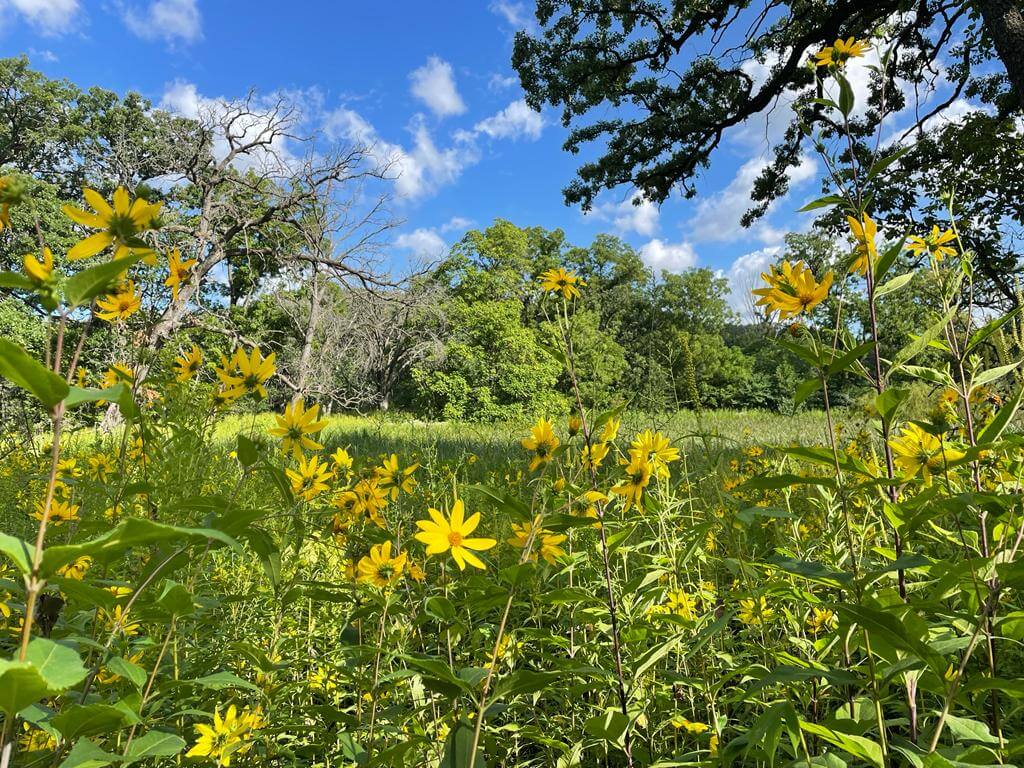
The beneficiaries of this project include wildlife, such as pollinators who will have natural food sources, and the climate, as this project will sequester carbon. Furthermore, people will benefit from a local source of food and farming, and educational opportunities.
